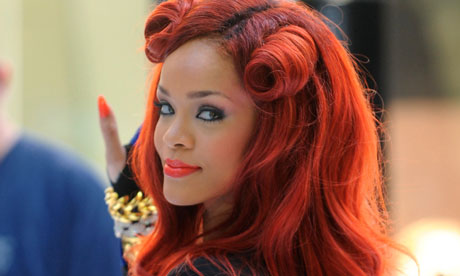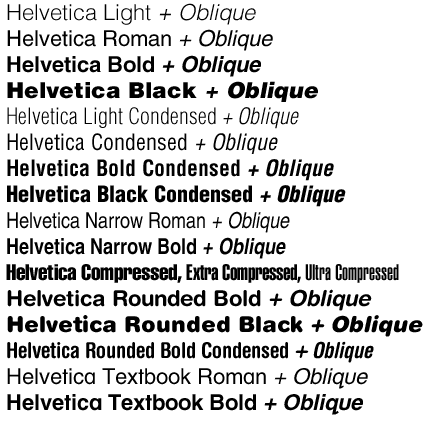What The
essay is About
I decided to base my essay and research on how female
sexuality is performed in the hip-hop culture. I decided to especially focus on
how it’s performed in the music videos.
Reason For choosing
this topic
The reason I have chosen to base my research on this topic
is due to the massive change in hip-hop culture over the past thirty years in
terms of the way we women are presented. I have personally noticed that there’s
an exceeding amount of music videos where the woman always seems to be almost
naked or performing an erotic dance in order to please the male partner in the
video. Even the music albums of some female hip-hop artists are heavily
sexualised and in some cases, pornographic.
I decided to base my essay on Laura Mulvey’s quote from her
essay on the male gaze.
What I Found out
during my research
During my research, I came across a wealth of information
but for this presentation, I will only focus on some of the important topics
that came up.
1.
Women have not always been identified as objects
of sexual desire in hip-hop.
“In the 1980s, making it as a female rapper in those days
was all about standing up to men and asserting the virtues of being a woman”
(Selling Sex, 2005)
- Depending on the concept of the music, women can be portrayed as objects of sexual and visual stimulation
“The easiest way for female rappers to gain recognition
and acceptance in today’s Hip-hop scene is to trade on their sexuality”
(Selling Sex, 2005)
- Women can be considered a trophy, the prey or the weaker sex
“portrayal of...girls...is explored through hip-hop or
music lyrics. Women are portrayed as hyper-sexual, their power restricted to
attracting male attention, and young black men portrayed as predatory” (Maggie,
2009)
Feminism in Hip-hop
One of the main topics that I would have liked to go deeper
into was feminism and feminity in hip-hop. The reason I wanted to explore this
topic a bit more was because of an article I saw a while back about how the
culture of hip-hop is fading.
Everyone’s idea of feminism is so different.
1:40 This next video explains how hip-hop brings to light
the many issues in hip-hop music. She explains that the fact that women are eroticised
shouldn’t be ignored.
This next video talks about the fact that being a woman in
the hip-hop industry isn’t a big deal. That being seen rather than heard isn’t
always a bad thing.
What is Feminity
There are so many different ideas
as to what feminity is. But I did find a good video on YouTube by Judith Butler
who explains that people aren’t open to stepping out of the “gender norm” Start
at 4:32
Conclusion
I understand that hip-hop identifies women with sex for many
reasons. For example, a woman’s performance of sexuality can portray an image
of power and dominance but it can also portray an image of objectification.







